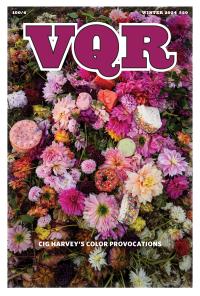David Caplan is the author of four books of poetry criticism and poetry, most recently Rhyme’s Challenge: Hip Hop, Poetry, and Contemporary Rhyming Culture (Oxford, 2014). The Charles M. Weis Chair in English at Ohio Wesleyan University, he serves as a contributing editor to VQR and received the Emily Clark...
